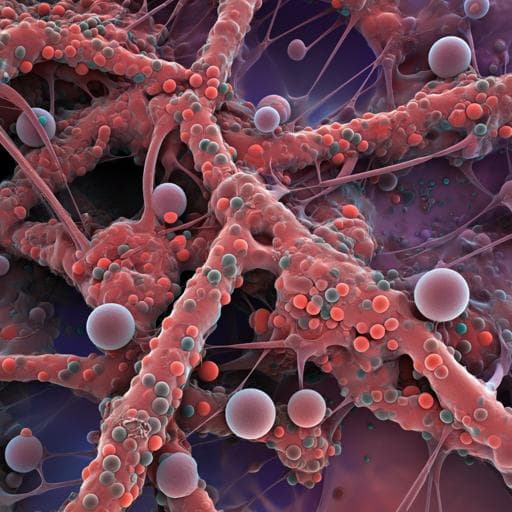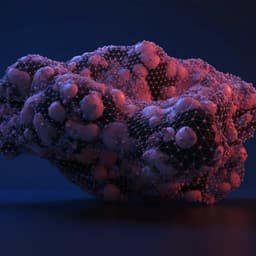
Engineering and Technology
Unlocking the potential: analyzing 3D microstructure of small-scale cement samples from space using deep learning
V. Saseendran, N. Yamamoto, et al.
Discover groundbreaking research by Vishnu Saseendran, Namiko Yamamoto, Peter J. Collins, Aleksandra Radlińska, Sara Mueller, and Enrique M. Jackson on a novel deep learning method that reconstructs the 3D microstructure of cement samples studied in microgravity. The findings reveal unique characteristics of hydrated samples, with potential implications for material science and engineering.
~3 min • Beginner • English
Related Publications
Explore these studies to deepen your understanding of the subject.







